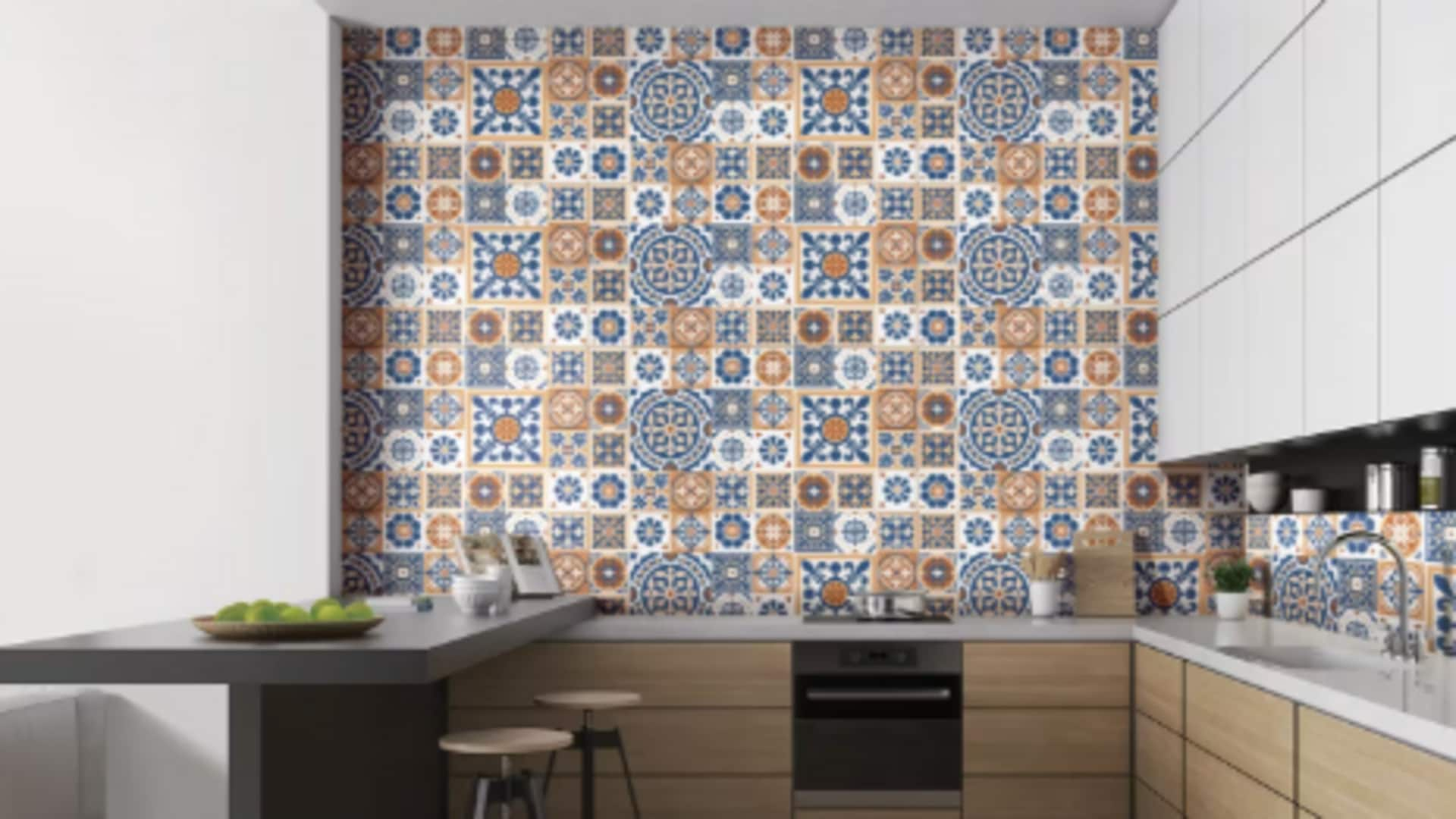
Portuguese tile patterns you'll love
What's the story
Portuguese tiles, or azulejos, form an integral part of Portugal's cultural heritage. Adorning buildings for centuries, these ceramic tiles exhibit intricate designs and vibrant colors. The patterns on these tiles mirror the country's history and artistic evolution. From geometric shapes to floral motifs, every pattern has a story of its own. Here are five unique Portuguese tile patterns that showcase the rich artistry and craftsmanship of this traditional art.
Geometric designs
Geometric patterns in azulejos
Geometric patterns are one of the most recognizable features of Portuguese tiles. These designs commonly feature interlocking shapes such as squares, triangles, and hexagons. The precision that goes into creating these patterns is a testament to the skill of artisans who crafted them by hand. Geometric azulejos were especially popular during the Renaissance period when mathematical principles ruled art and architecture.
Floral designs
Floral motifs in tile art
Floral motifs are another common theme in Portuguese tilework. These designs often feature stylized flowers like lilies or roses intertwined with vines and leaves. The use of floral patterns became widespread during the Baroque period when nature-inspired elements were favored in decorative arts. These motifs add elegance to any space they adorn.
Religious imagery
Religious iconography on tiles
Religious imagery is an integral component of the art of Portuguese tiles, especially inside the walls of Portugal's churches and monasteries. These azulejos would often depict scenes from biblical stories or saints, selected for their deep spiritual significance. The imagery does not just add to the decor but also narrates stories and virtues to the viewer. This tradition emphasizes the historical and cultural significance of religious themes in Portugal's artistic legacy.
Blue-and-white tiles
Blue-and-white color scheme tradition
The blue-and-white color scheme is synonymous with traditional Portuguese tilework. It dates back several centuries when cobalt blue pigment was introduced into Europe. It came through the trade routes connecting Asia Minor regions like Persia, now known as Iran. This distinctive palette continues to be a favorite even today. It evokes timeless elegance and seamlessly complements various architectural styles. It does so across different eras without losing its charm over time.